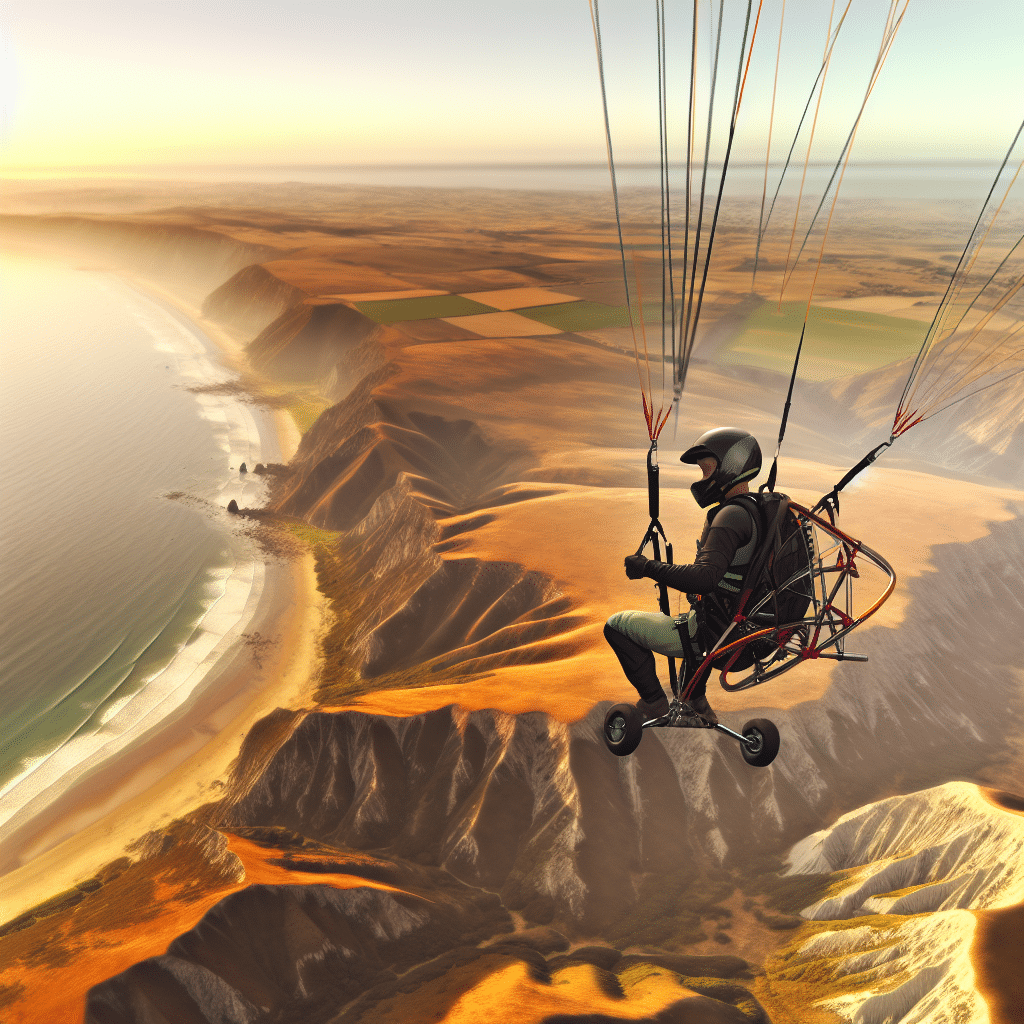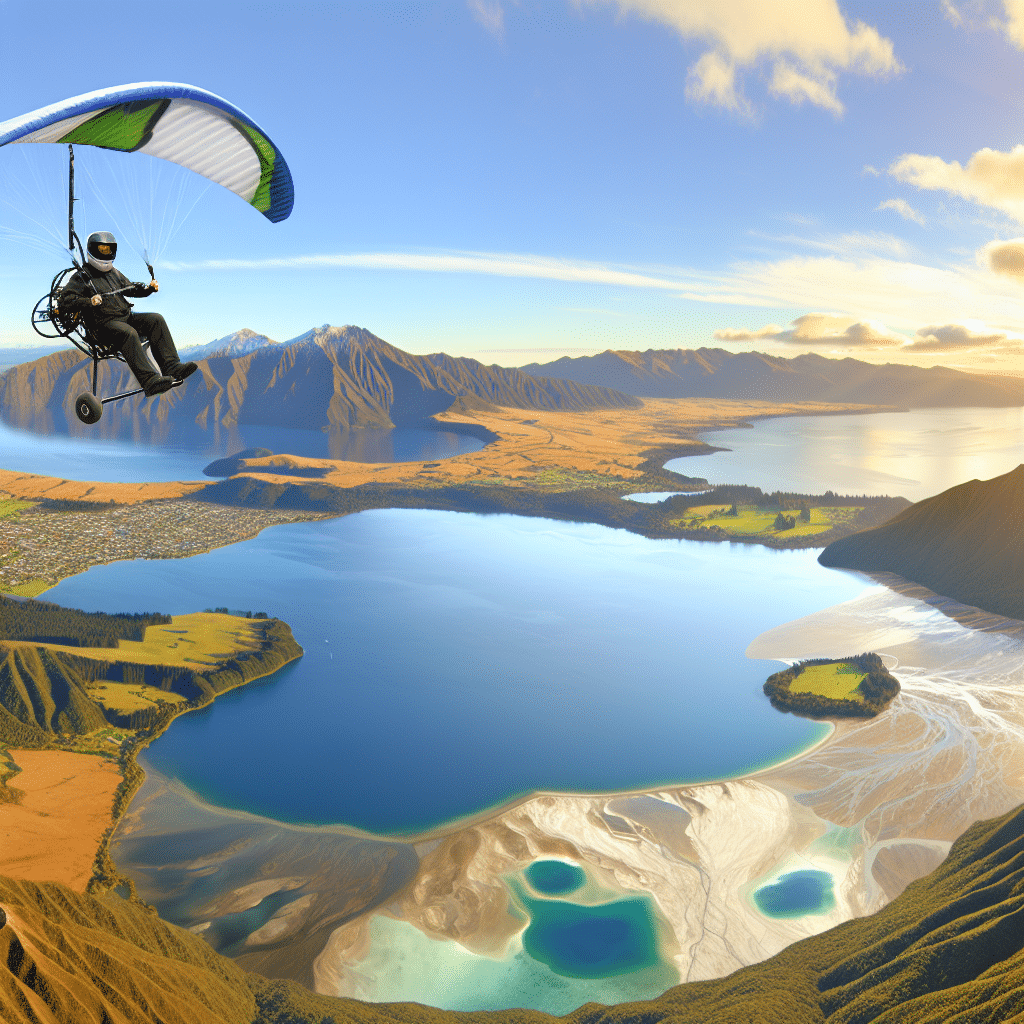If you’ve ever dreamed of flying like a bird, feeling the rush of wind against your face, and experiencing the ultimate freedom, extreme paramotoring might just be your gateway to the skies. Combining the excitement of paragliding with the innovation of powered flight, this adrenaline-pumping activity has seen a surge in popularity among adventure enthusiasts. But what exactly makes extreme paramotoring so captivating? Let’s dive in!
What is Extreme Paramotoring?
Extreme paramotoring takes the concept of traditional paramotoring and pushes it to the next level. In essence, a paramotor is a motorized, lightweight paraglider that allows pilots to take off from flat ground and fly without the need for wind or thermal currents. The “extreme” aspect comes into play with the higher speeds, greater altitudes, and more complex maneuvers that seasoned pilots can perform. Techniques like barrel rolls, wingovers, and steep spirals transform this airborne adventure into a heart-pounding experience.
The Appeal of Extreme Paramotoring
At the heart of extreme paramotoring is the unparalleled sense of freedom it offers. Unlike traditional aircraft, paramotors are incredibly compact and can be transported easily. This means you can explore a vast array of landscapes, from coastal cliffs to mountainous terrains, and even urban environments. The portability and versatility of paramotors make them ideal for those who cherish spontaneity and love to explore the world from a bird’s-eye view.
Another major draw is the direct control pilots have over their flight path. Unlike commercial flights or even piloting larger aircraft, extreme paramotoring allows for a level of maneuverability and precision that’s unmatched. Pilots can swoop down to skim over fields, climb high to float among the clouds, or execute sharp turns and flips that challenge both skill and nerve.
How Safe is Extreme Paramotoring?
While the term “extreme” might conjure images of danger, paramotoring is actually one of the safest forms of personal aviation—provided you adhere to proper training and safety protocols. Comprehensive training programs teach pilots everything from equipment maintenance to emergency procedures. Modern paramotors are built with safety in mind, incorporating features like reserve parachutes and automatic engine shutoffs to mitigate risks.
However, as with any extreme sport, there’s an element of risk that can’t be completely eliminated. Weather conditions, mechanical failures, and pilot error can all pose hazards. This is why ongoing education, regular equipment checks, and prudent decision-making are crucial for anyone involved in extreme paramotoring.
The Gear: What Do You Need?
To engage in extreme paramotoring, you’ll need a few key pieces of equipment. The paraglider, or wing, is your main mode of lift and steerage. Paramotors themselves range from lightweight backpack units to more robust, cart-mounted versions. Essential safety gear includes a helmet, reserve parachute, and a communication device for emergency situations. Many pilots also invest in GPS systems and altimeters to enhance their flying experience.
Is Extreme Paramotoring for You?
Extreme paramotoring offers a unique blend of freedom, adventure, and technical challenge that appeals to a specific type of thrill-seeker. If you love the outdoors, have a penchant for heights, and are willing to invest time in learning and safety, this could be your ideal sport. Numerous clubs and training schools worldwide offer beginner courses, making it easier than ever to get started.
In conclusion, extreme paramotoring is not just about the thrill; it’s about mastering the skies with skill and precision. Whether you’re looking to break free from the mundane or push your limits, this airborne adventure beckons with the promise of vast horizons and unforgettable experiences. So, are you ready to take flight?




